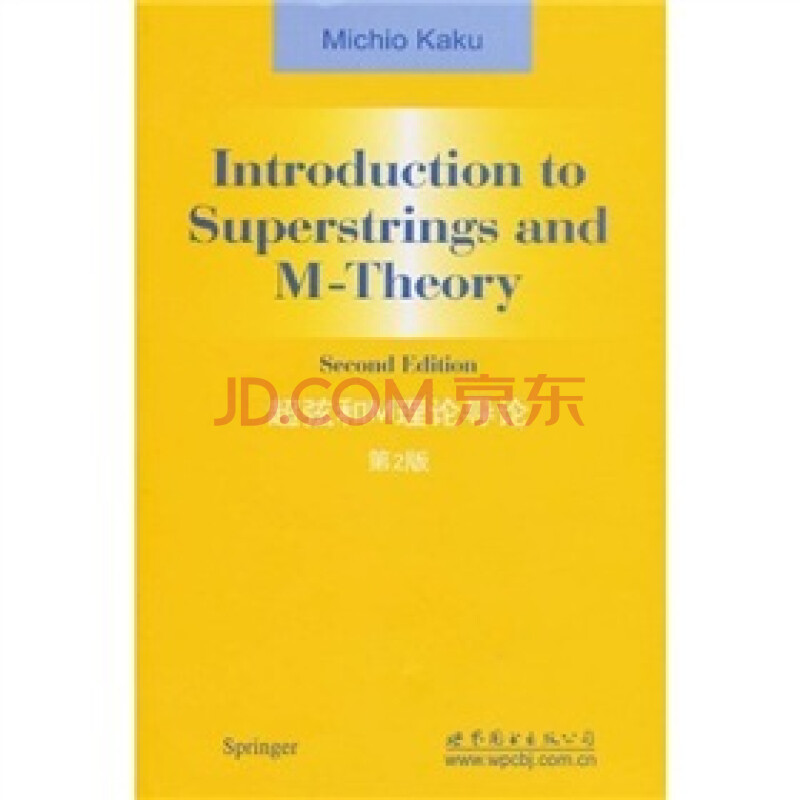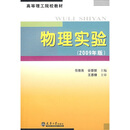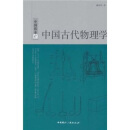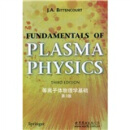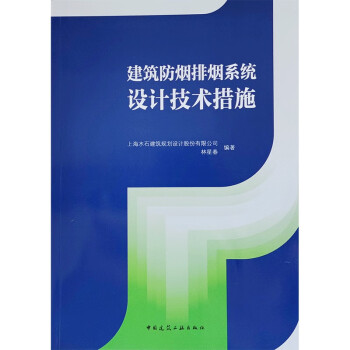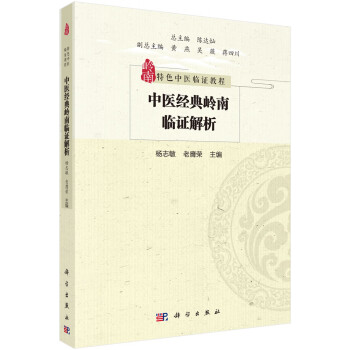内容简介
超弦和M理论是现代物理学中有趣活跃的研究课题之一。该问题比较困难同时也充满争议,一些人称之为“理论”,这是因为超弦理论有可能解决困扰人们多年的难题,即统一二十世纪伟大的两个理论:广义相对论和量子场论。《超弦和M理论导论(第2版)》全面细致地讲解超弦理论和该领域的新研究进展,内容包括四维超弦,Kac-Moody代数,Teichmuller空间和Calabi-Yau流形,M理论和D膜,对偶和BPS关系,矩阵模型等,可以作为研究生教材,同时对研究人员也有参考价值。作者首先简要介绍了点粒子理论,然后利用费曼路径积分详细讨论超弦理论。超弦研究需要很多数学工具,书中分别作了介绍,如指标定理,同调论和Kahler流形等。在第二版中,作者对内容做了整体修订,并添加了M理论的三个新章节。阅读《超弦和M理论导论(第2版)》需要量子力学和相对论的基本知识。
读者对象:理论物理、高能物理、场论和弦论等专业的高年级本科生、研究生和相关专业的科研人员。
目录
Preface <br> Acknowledgments <br> Ⅰ First Quantization and Path Integrals <br> 1 Path Integrals and Point Particles <br> 1.1 Why Strings? <br> 1.2 Historical Review of Gauge Theory <br> 1.3 Path Integrals and Point Particles <br> 1.4 Relativistic Point Particles <br> 1.5 First and Second Quantization <br> 1.6 Faddeev-Popov Quantization <br> 1.7 Second Quantization <br> 1.8 Harmonic Oscillators <br> 1.9 Currents and Second Quantization <br> 1.10 Summary <br> References <br> <br> 2 Nambu-Goto Strings <br> 2.1 Bosonic Strings <br> 2.2 Gupta-Bleuler Quantization <br> 2.3 Light Cone Quantization <br> 2.4 BRST Quantization <br> 2.5 Trees <br> 2.6 From Path Integrals to Operators <br> 2.7 Projective Invariance and Twists <br> 2.8 Closed Strings <br> 2.9 Ghost Elimination <br> 2.100 Summary <br> References <br> <br> 3 Superstrings <br> 3.1 Supersymmetric Point Particles <br> 3.2 Two-Dimensional Supersymmetry <br> 3.3 Trees <br> 3.4 Local Two-Dimensional Supersymmetry <br> 3.5 Quantization <br> 3.6 GSO Projection <br> 3.7 Superstrings <br> 3.8 Light Cone Quantization of the GS Action <br> 3.9 Vertices and Trees <br> 3.10 Summary <br> References <br> <br> 4 Conformal Field Theory and Kac——Moody Algebras <br> 4.1 Conformal Field Theory <br> 4.2 Superconformal Field Theory <br> 4.3 Spin Fields <br> 4.4 Superconformal Ghosts <br> 4.5 Fermion Vertex <br> 4.6 Spinors and Trees <br> 4.7 Kac-Moody Algebras <br> 4.8 Supersymmetry <br> 4.9 Summary <br> References <br> <br> 5 Mulfiloops and Teichmuller Spaces <br> 5.
试读
(1) Because we are dealing with a first quantized theory, we have to take the sum over all interacting topologies that are swept out by the string. For the Nambu——Goto string, the precise nature of these topologies is ambiguous and must be specified by hand. However, for the Polyakov form of the action, which contains an independent metric tensor, we can eliminate most of this ambiguity by specifying that we sum over all conformally and modular in equivalent configurations. (These terms will be defined later.) This will become a powerful constraint once we start to derive loops and will determine the function measure uniquely. The measure and the topologies in the Nambu-Goto action, however, are not well defined. (We must point out, however, that this rule of integrating over in equivalent surfaces does not automatically satisfy unitarity. This still must be checked by hand.)<br> (2) The gauge fixing of weyl invariance for the Polyakov action, although trivial classically, poses problems when we make the transition to quantum mechanics. An anomaly appears when we carefully begin the quantization process. In fact, this conformal anomaly will disappear only in 26<br> dimensions.
前言/序言
Superstring theory (and its latest formulation, M-theory) has emerged as the most promising candidate for a quantum theory of all known interactions. Superstrings apparently solve a problem that has defied solution for the past50 years, namely the unification of the two great fundamental physical theories of the century, quantum field theory and general relativity. Superstring theory introduces an entirely new physical picture into theoretical physics and a new mathematics that has startled even the mathematicians. <br> Ironically, although superstring theory is supposed to provide a unified field theory of the Universe, the theory itself often seems like a confused jumble of folklore, random rules of thumb, and intuitions. This is because the development of superstring theory has been unlike that of any other theory, such as general relativity, which began with a geometry and an action and later evolved into a quantum theory. Superstring theory, by contrast, has been evolving backward for the past 30 years. It has a bizarre history, beginning with the purely accidental discovery of the quantum theory in 1968 by G. Veneziano and M. Suzuki. <br> Thumbing through old mathematics books, they stumbled by chance on the Beta function, written down in the last century by mathematician Leon hard Euler. To their amazement, they discovered that the Beta function satisfied almost all the stringent requirements of the scattering matrix describing particle interactions. Never in the history of physics has an important scientific discovery been made in quite this random fashion.

